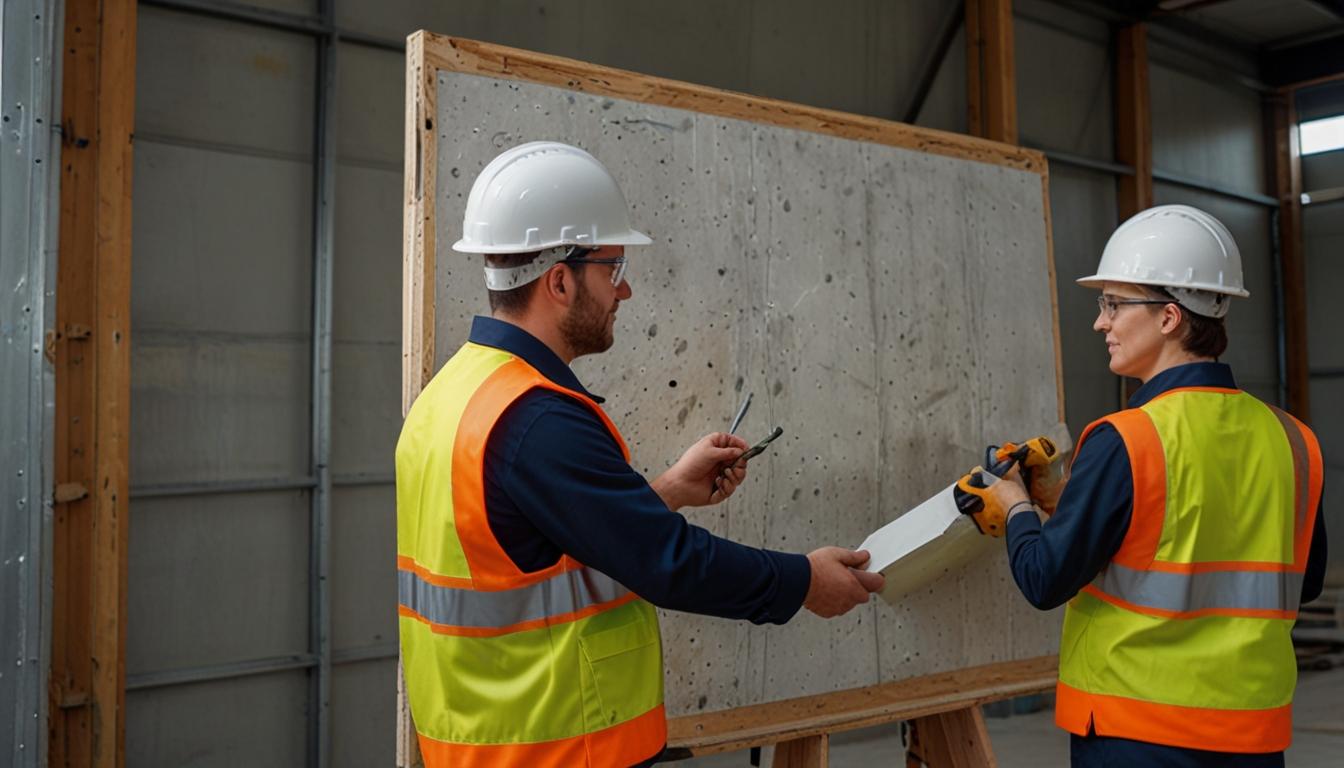Vattenfall, a Sweden-based electricity and heat provider, is collaborating with Cemvision, a low-carbon cement startup, in a groundbreaking agreement to supply and develop cement with a dramatically reduced carbon footprint of up to 95%.
Cemvision’s innovative approach utilises recycled raw materials and green electricity, offering early compressive strength and high chemical resistance for environmentally sustainable construction practices.
Cement production accounts for roughly 8% of global CO2 emissions, emitting around 900 kg of CO2 per 1000 kg of cement produced.
Founded in 2020 by Paul Sandberg, Claes Kollberg, and Marcus Olsson, Cemvision produces alternative cement using recycled raw materials from industrial waste, leveraging green electricity for kilns operating at lower temperatures. This approach significantly decreases the carbon footprint by 95%. In addition, Cemvision’s product offers early compressive strength, ultra-low heat, and high chemical resistance, allowing for shorter construction times.
Oscar Hållén, CEO of Cemvision, mentioned the ongoing optimization processes aiming for 95% reduction in carbon emissions by 2030. Vattenfall and its subcontractors may utilize Cemvision’s low-carbon cement for projects like wind power turbine foundations and prefabricated concrete elements. Vattenfall has committed to ensuring that at least 10% of its cement or concrete purchases will aim for zero emissions by 2030.
“Vattenfall is very positive about participating in the development of a market for near-zero emission cement by creating demand as a customer. We can also contribute with product verification at our concrete laboratory. The global impact of cement production makes it necessary to find a way forward with as low carbon emissions as possible, the climate and the future of construction demand it. This is an innovative solution with great potential,” says Annika Ramsköld, Head of Sustainability, Vattenfall.
Separately, Adaptavate has announced the launch of the world’s first carbon-negative plasterboard technology. This innovation results from incorporating char from pyrolyzed ligno-cellulosic materials, locking CO2 sequestered by plants into a stable state. Founded a decade ago by Tom Robinson, Adaptavate seeks to make a significant impact on global construction emissions, which make up around 40% of the world’s carbon emissions.
Adaptavate’s technology uses ligno-cellulosic wastes combined with minerals and minimal water, produced without natural gas, and can absorb CO2 during the curing process. This development has been supported by UK Government grants and investments from several climate-focused businesses. CTO Jeff Ive emphasized the global necessity for systemic solutions for carbon dioxide removal and the potential for Adaptavate’s technology to be scaled up through their licensing business model.




